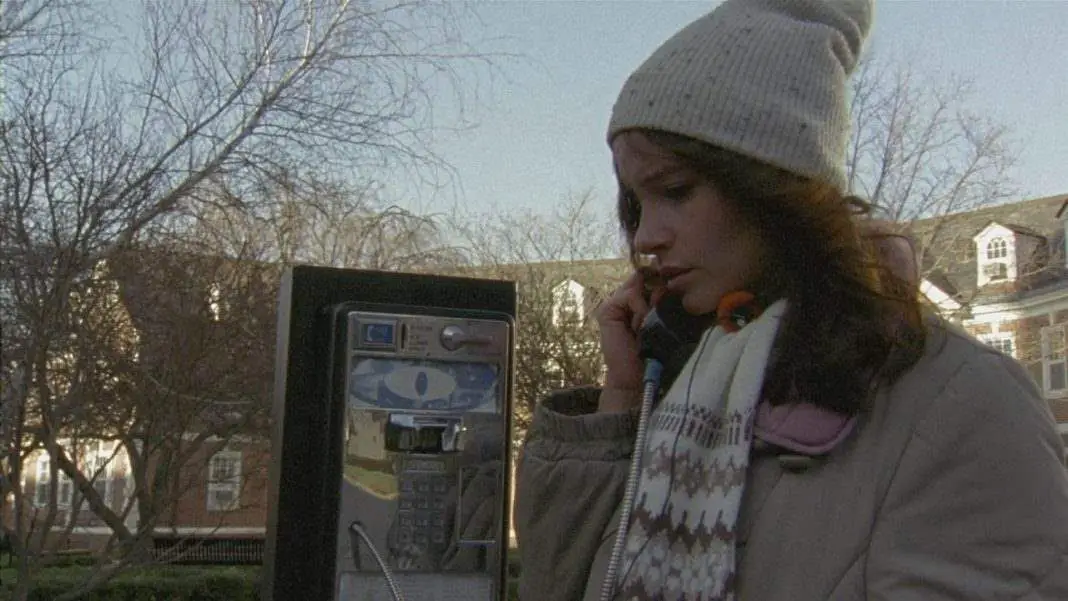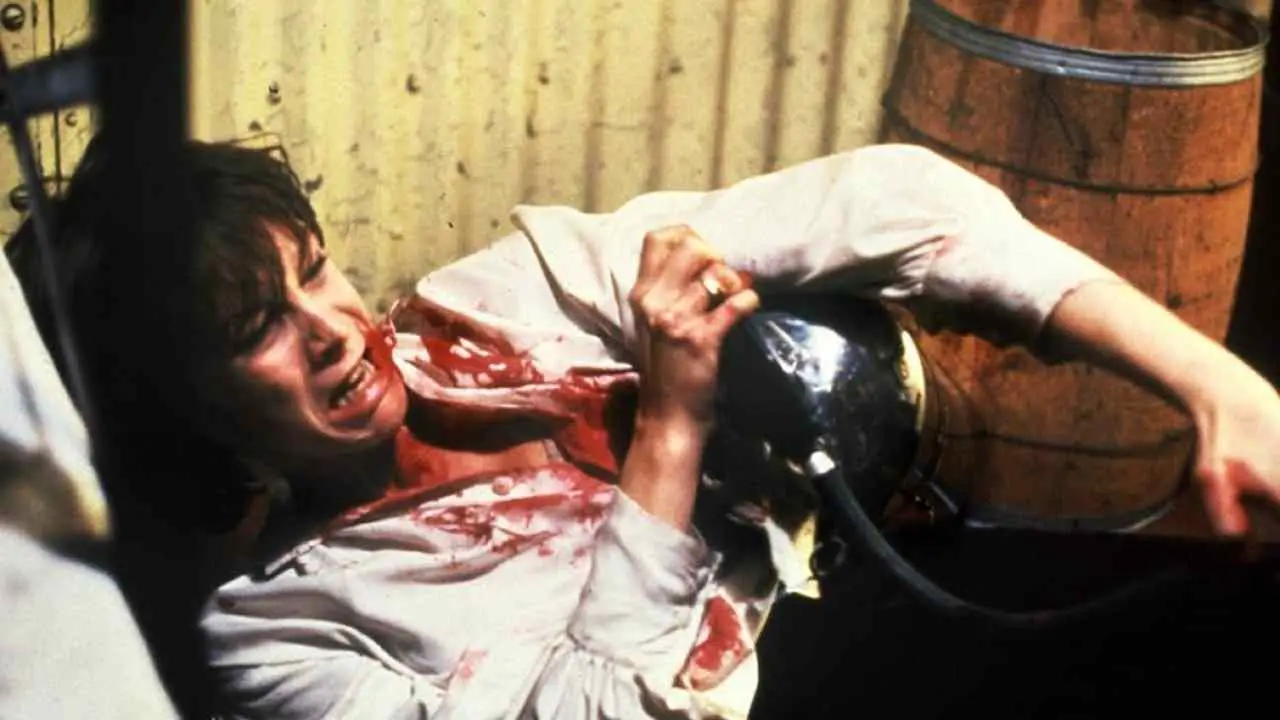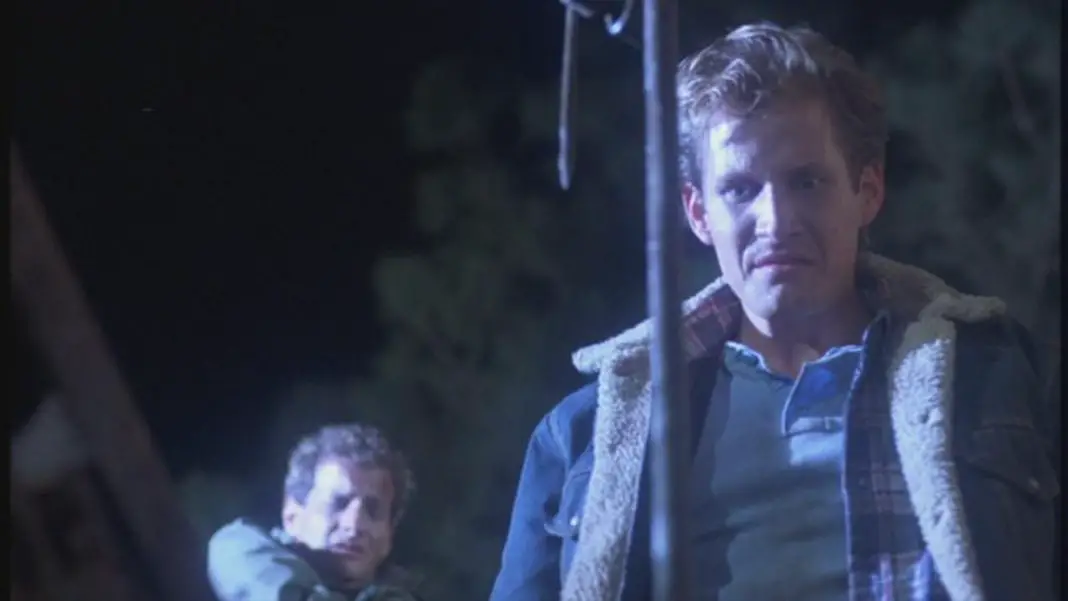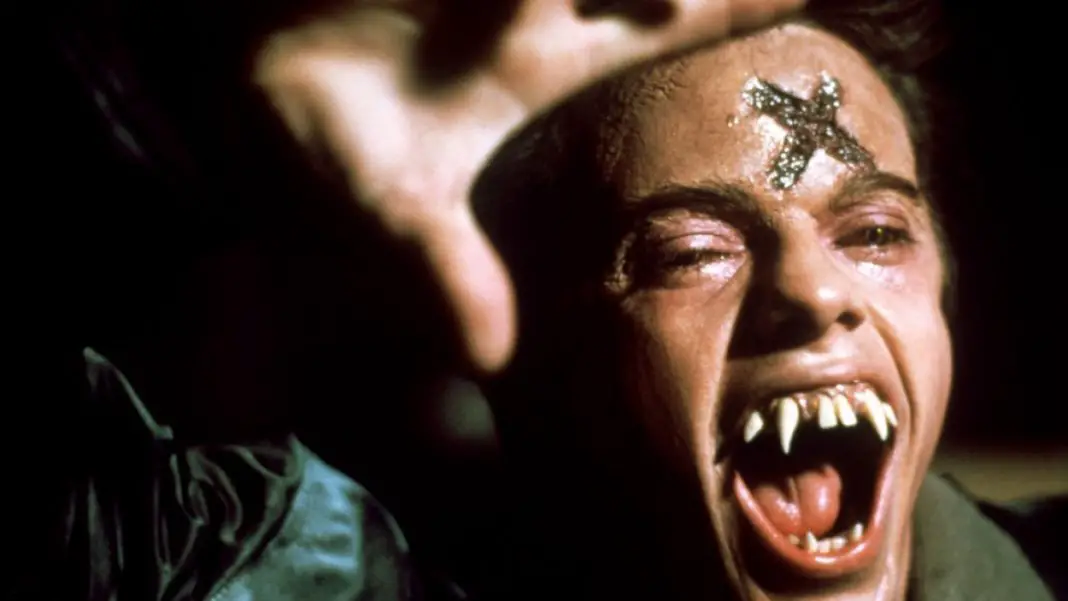Much of the 2000s was spent revisiting the horror of the 1970s. There were a lot of reasons for this. The horror films of the ‘70s were extremely specific to their time and the cultural fears of that era. ‘70s horror was built on the foundation of a post-Vietnam world. Aliens, monsters and vampires weren’t scary anymore. People were scary, scarier than we had ever realized, because now everyone had actually seen what people were capable of. They had seen this violence with their own eyes, watching soldiers being carried off the battlefield missing limbs, watching people set themselves on fire. They’d seen it all on the news.
In the 1970s, horror didn’t come from the stars or from a distant land, it came from within—as was particularly evidenced, I suppose, by David Cronenberg’s body horror debut, They Came from Within—and that was proving to be scarier than anything audiences had seen before.
In the 2000s, in the post-9/11 world, we saw a return to these fears. American soldiers were once again thrust into a war they did not totally understand. Over time, it became less and less clear who the enemies were. Fear turned to faceless enemies, to biological warfare and this also saw a return to the great boom of zombie features the ‘70s gave us.
Just about every classic ‘70s horror got remade in the 2000s, from The Texas Chainsaw Massacre to The Hills Have Eyes to Black Christmas. We won’t be counting any of those for this list, though, because those aren’t true throwbacks. They’re exactly what they advertise themselves to be: remakes. In this endeavor, we will be taking a look back at modern grindhouse throwbacks that worked surprisingly well.
High Tension
One of my favorites of the era was Alexandre Aja’s High Tension (aka Haute Tension aka Switchblade Romance) and it’s a movie that wears its grindhouse influences on its sleeve. The inspirations from the likes of The Texas Chain Saw Massacre and The Last House on the Left are incredibly clear, but it mixes that kind of cinematography with a very sleek modern look and feel.
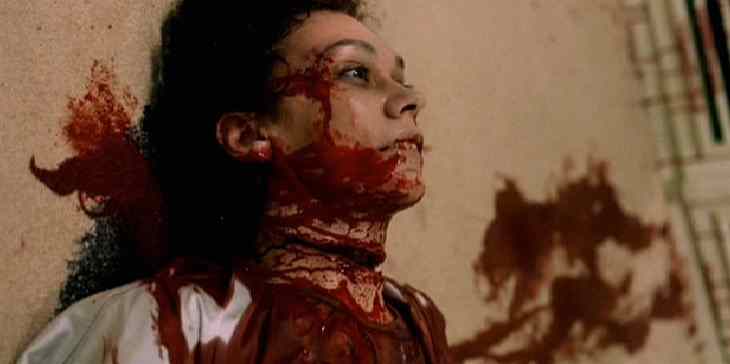
I wasn’t initially a huge fan of the original Wrong Turn, I have to admit. It didn’t give us anything new. But when I look at it from that angle, I start to realize that it actually did a perfect job of giving us everything old. It’s the plot and structure of The Hills Have Eyes, mixed with the backwoods feel of The Last House on the Left. When you look at movies of this type that were being made at the it was released, versus those released after its release, you have to admit that Wrong Turn clearly did something right.
 Wolf Creek
Wolf Creek
Wolf Creek helped bring two classic ‘70s tropes back to the forefront: the isolated, backwater torture killer, and the ‘based on a true story’ empty promise that automatically sold tickets. Like Wrong Turn, it’s sort of a mashup of elements people really liked from that era, but it’s also an exceptionally well made horror film that showcases a great directorial talent in Greg McLean.
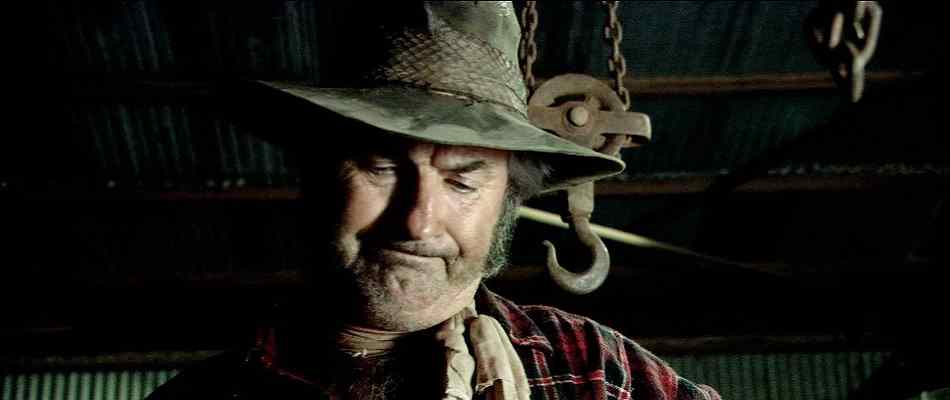 The House of the Devil
The House of the Devil
Specifically speaking, The House of the Devil is a throwback to the ‘80/’81 era, taking much of its visual tone from titles like Fulci’s City of the Living Dead. But it feels and looks an awful lot like the ‘70s. More than that, films about satanic cults were much bigger in the ‘70s than the ‘80s. They were huge at that time. That’s what The House of the Devil is about and it is clearly influenced by all of those features, so it definitely counts as a throwback to that period.
 Beyond the Black Rainbow
Beyond the Black Rainbow
Beyond the Black Rainbow is similar to The House of the Devil in the fact that it tries to be a retro piece in every way possible. House of the Devil looks and feels an awful lot like something made during that time period. But Beyond the Black Rainbow simply is a ‘70s movie that just happened to be made in a different era. The influences are hugely prominent, it takes on very specific styles, looking like a spiritual successor to Stanley Kubrick’s A Clockwork Orange and Dario Argento’s Suspiria.
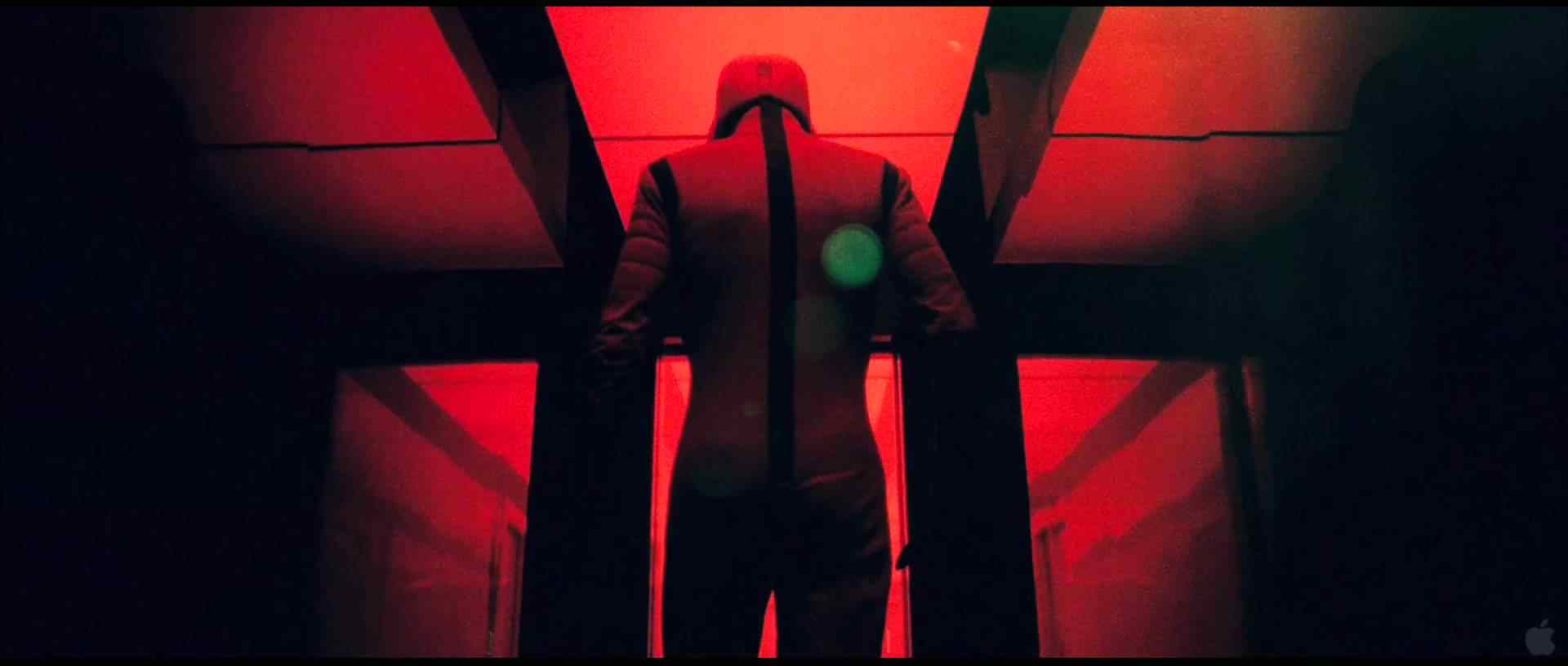 28 Days Later…
28 Days Later…
You can debate all day and night whether or not it’s a zombie film. I think it was close enough that it brought the zombie genre back at a time when it was almost completely dead. It’s weird not to call the picture that sparked this massive zombie resurgence a zombie movie. It allowed for the remake of Dawn of the Dead, which allowed for Romero to return with Land of the Dead. For me, 28 Days Later is the Dawn of the Dead of its time. It’s as socially relevant as Night and Dawn were, and is honestly more relevant than Land, as fun as that one is.

